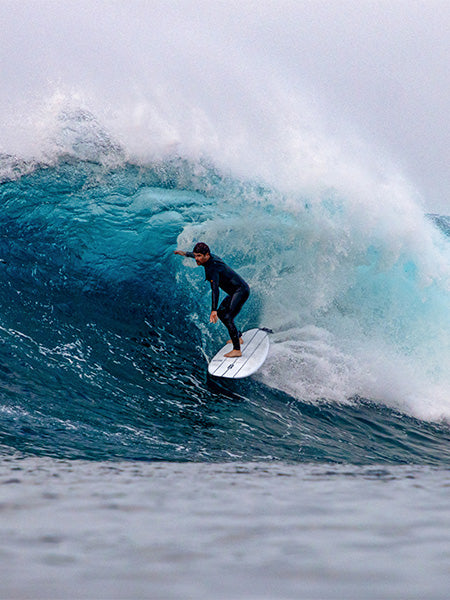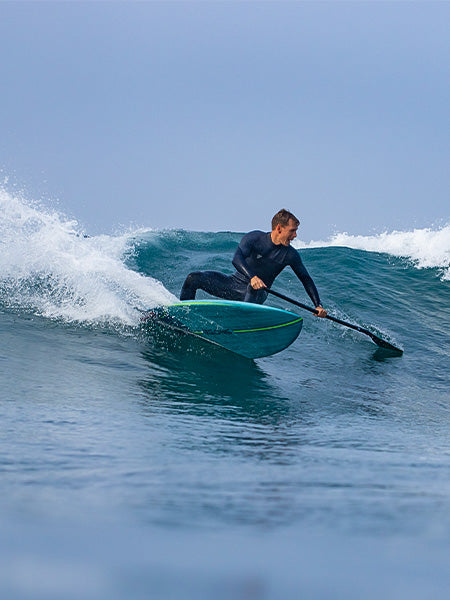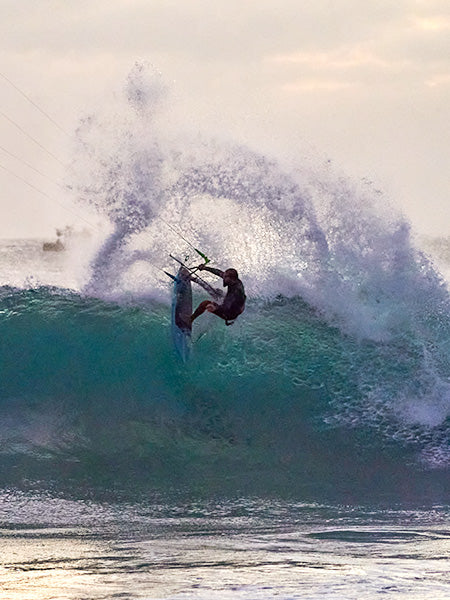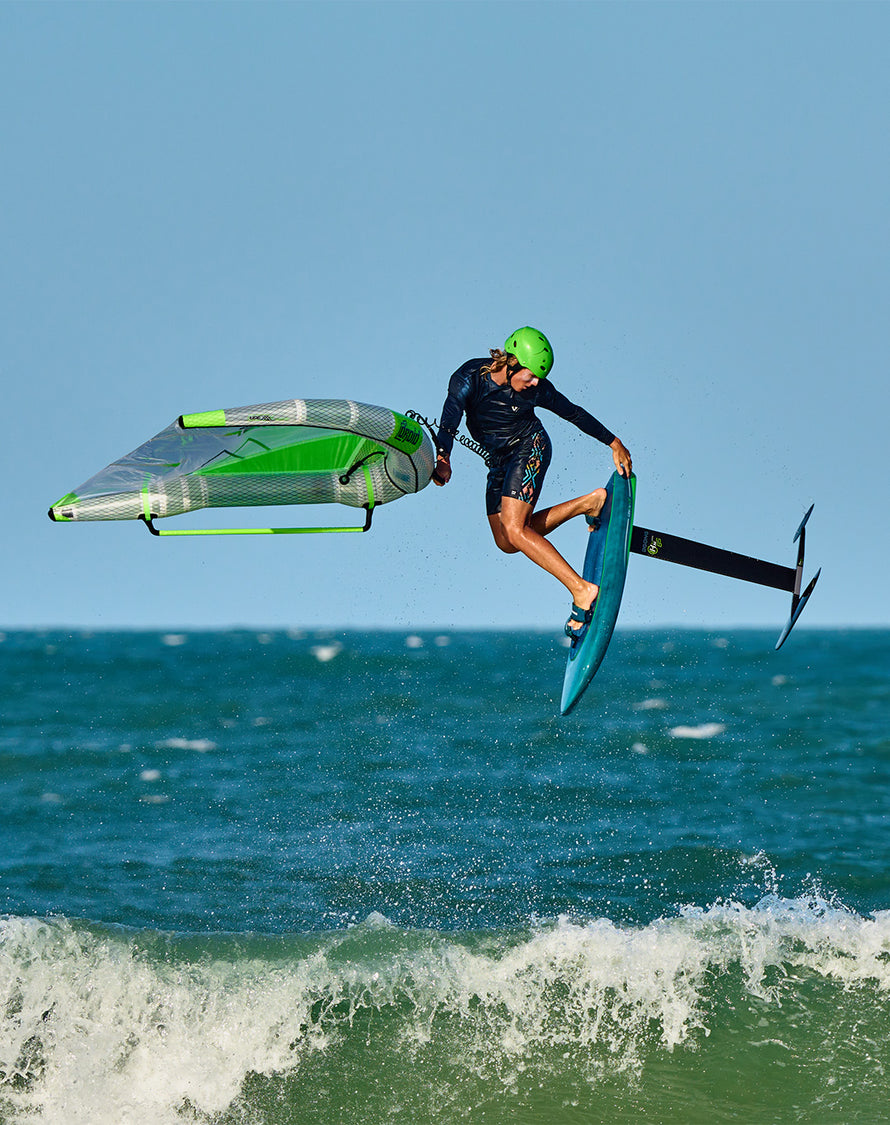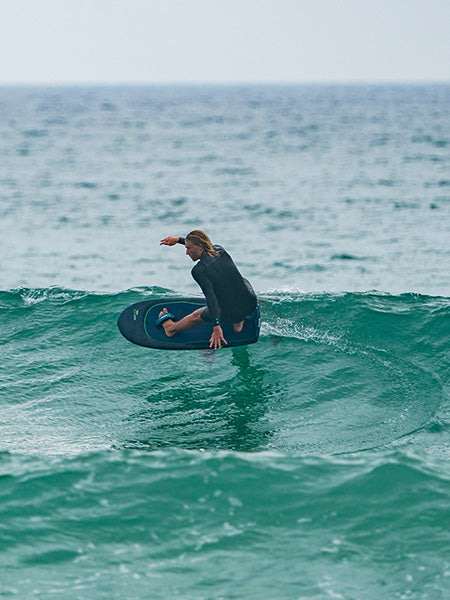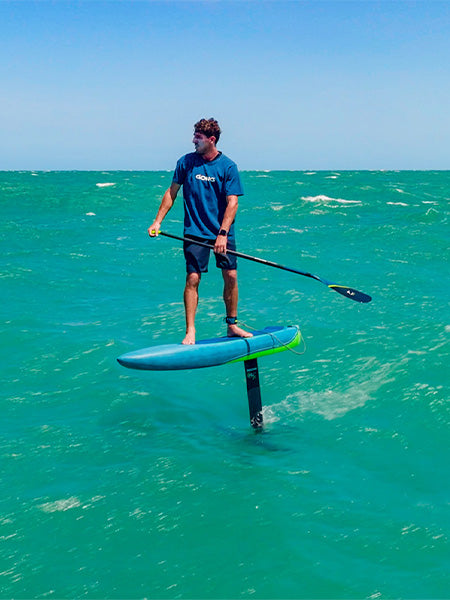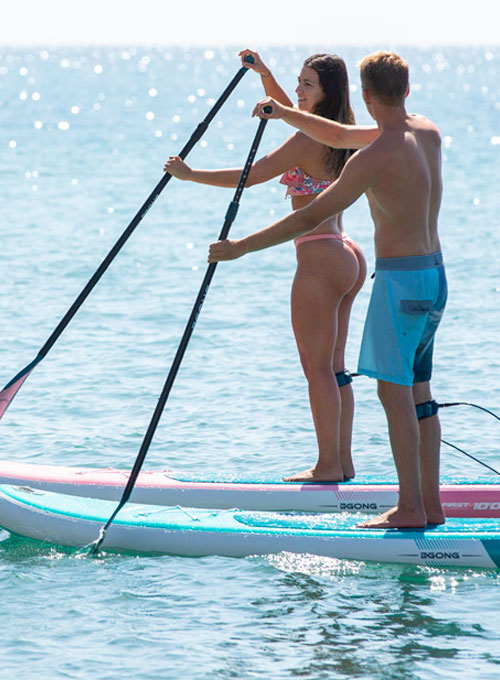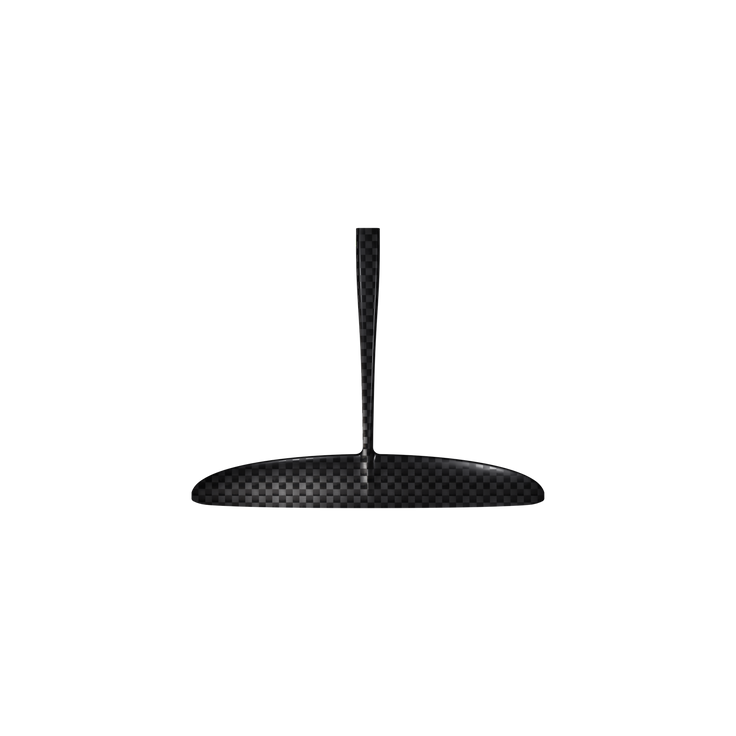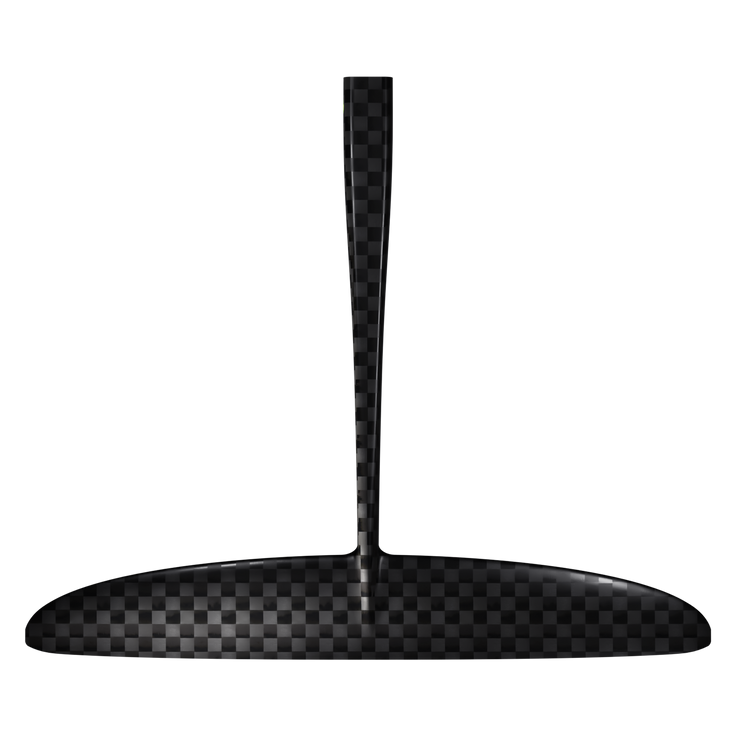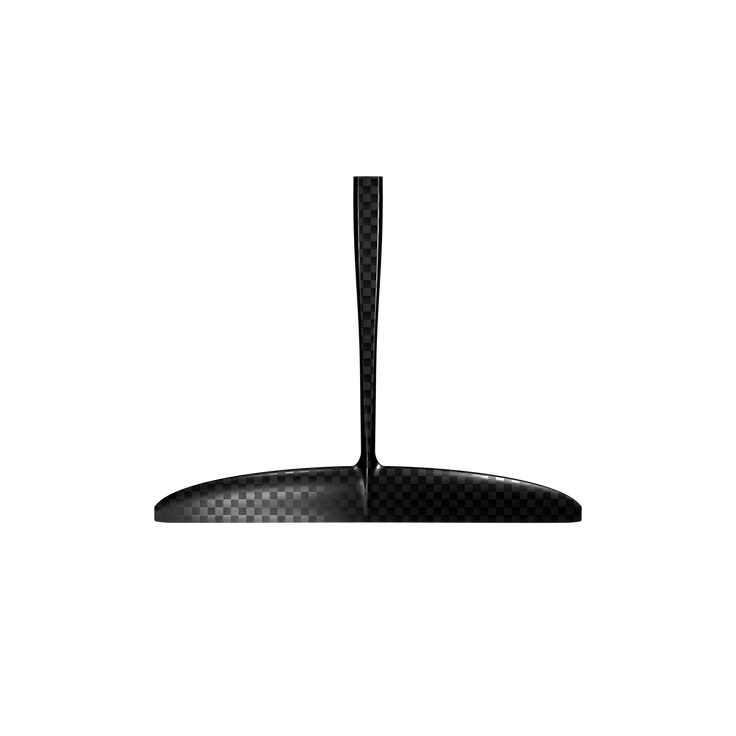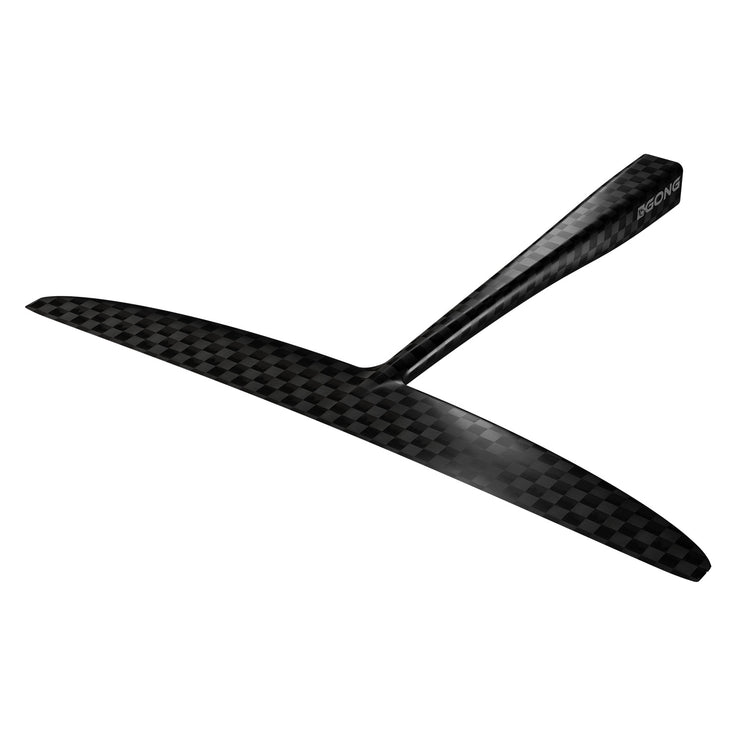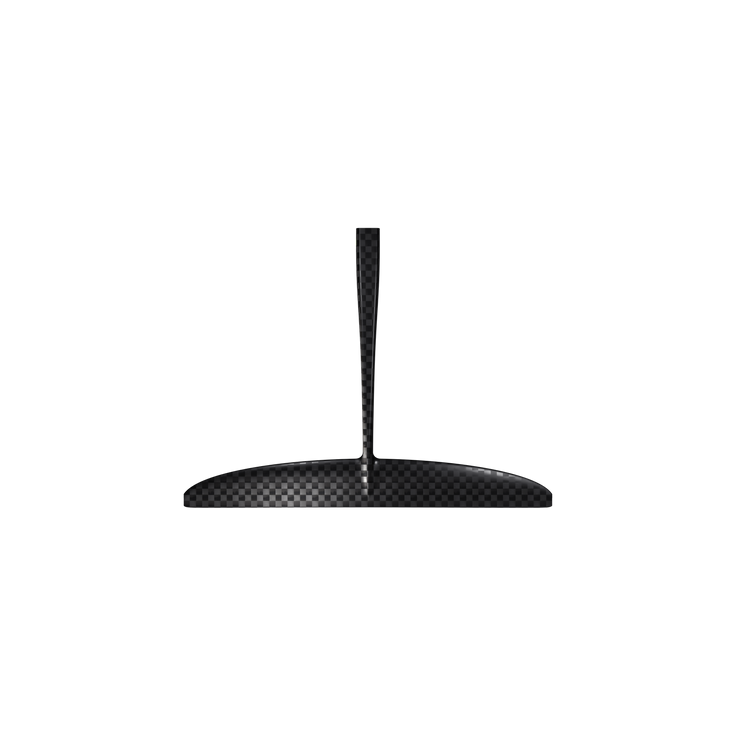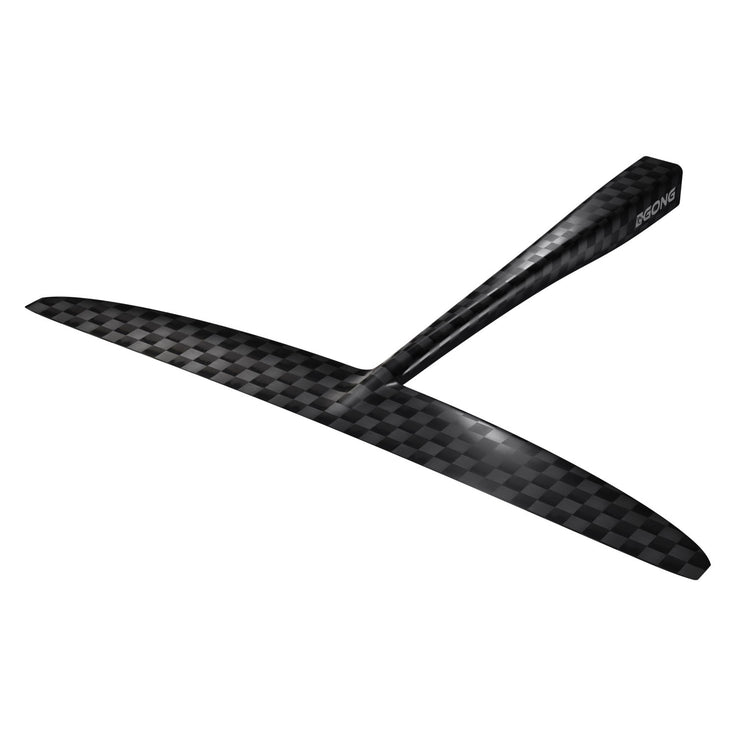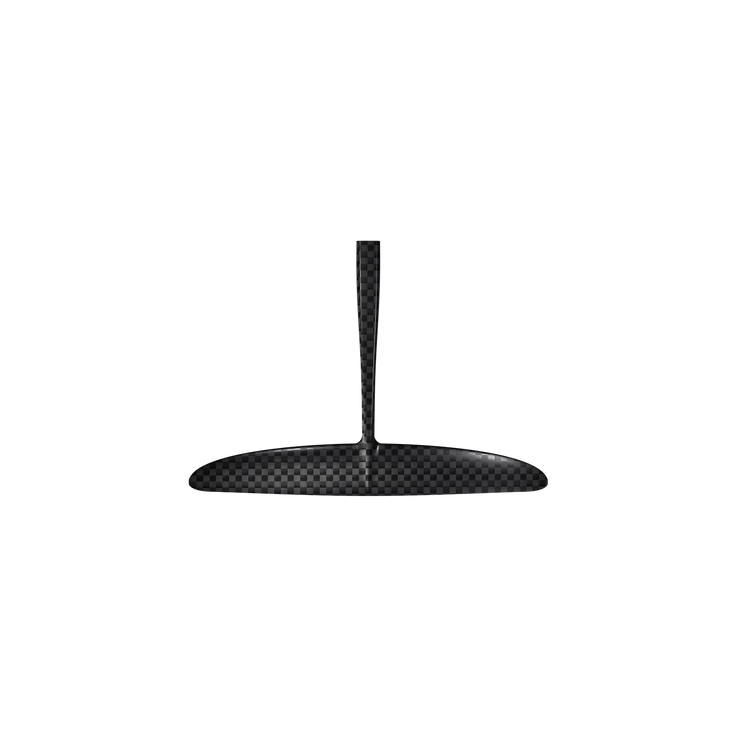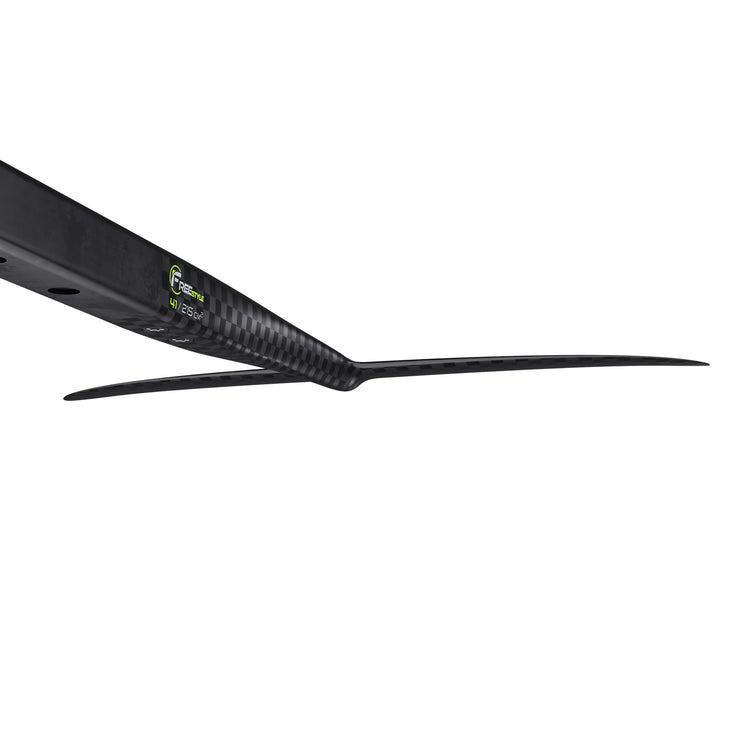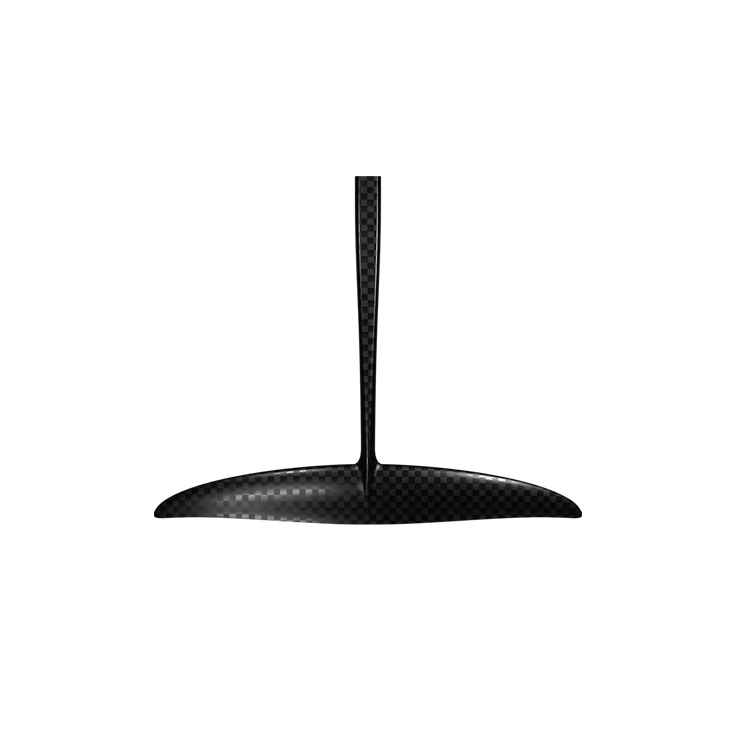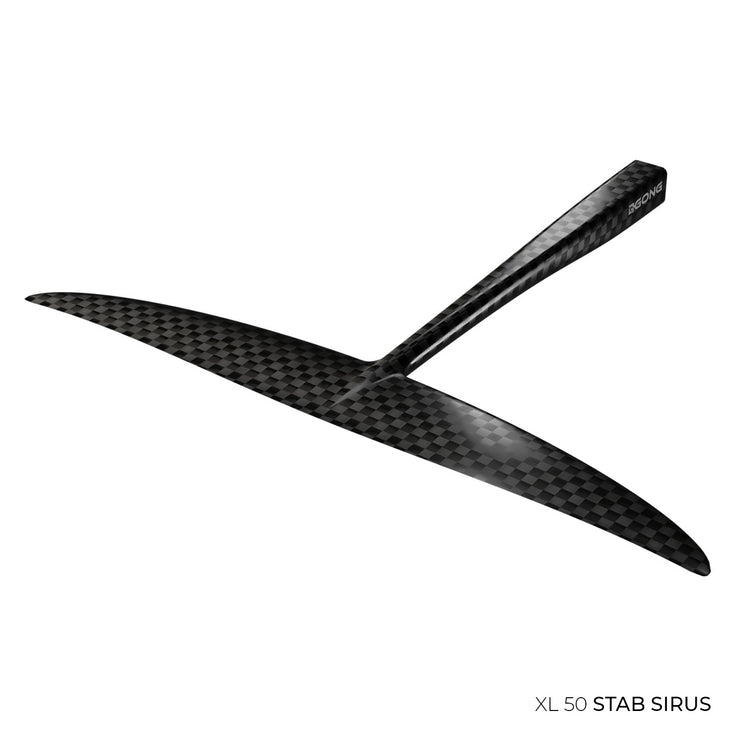Spare parts foil
heart
heart-full
heart
heart-full
Foil Allvator Stab Pro Fluid H
Our easy high ratio stabs delivering high performance.
Regular Price
169€
Sale Price
169€Regular Price
heart
heart-full
heart
heart-full
Foil Allvator Stab Pro Veloce H
Our ultra high aspect stabs for maximum glide.
Regular Price
169€
Sale Price
169€Regular Price
heart
heart-full
heart
heart-full
Foil Allvator Stab Pro Veloce H
Our ultra high aspect stabs for maximum glide.
Regular Price
139€
Sale Price
139€Regular Price
169€
heart
heart-full
heart
heart-full
Foil Allvator Stab Freestyle H
Our high aspect stabs dedicated to freestyle: pop, responsiveness and solidit...
Regular Price
169€
Sale Price
169€Regular Price
heart
heart-full
heart
heart-full
Foil Allvator Stab Sirus
The easy stab to fly forever.
Regular Price
189€
Sale Price
189€Regular Price
